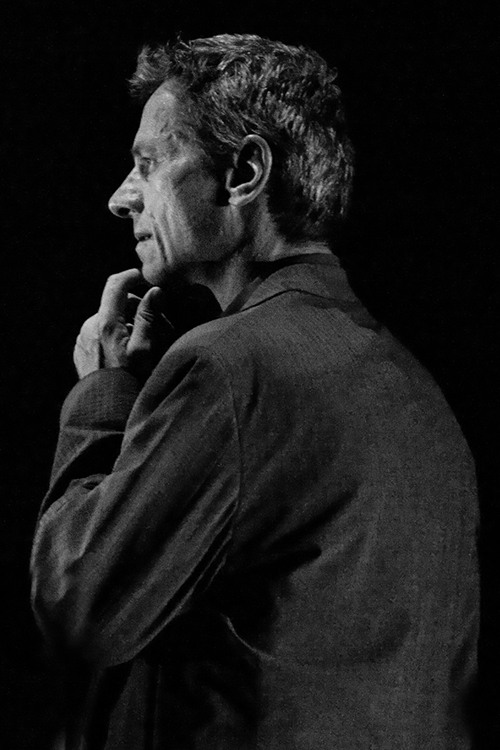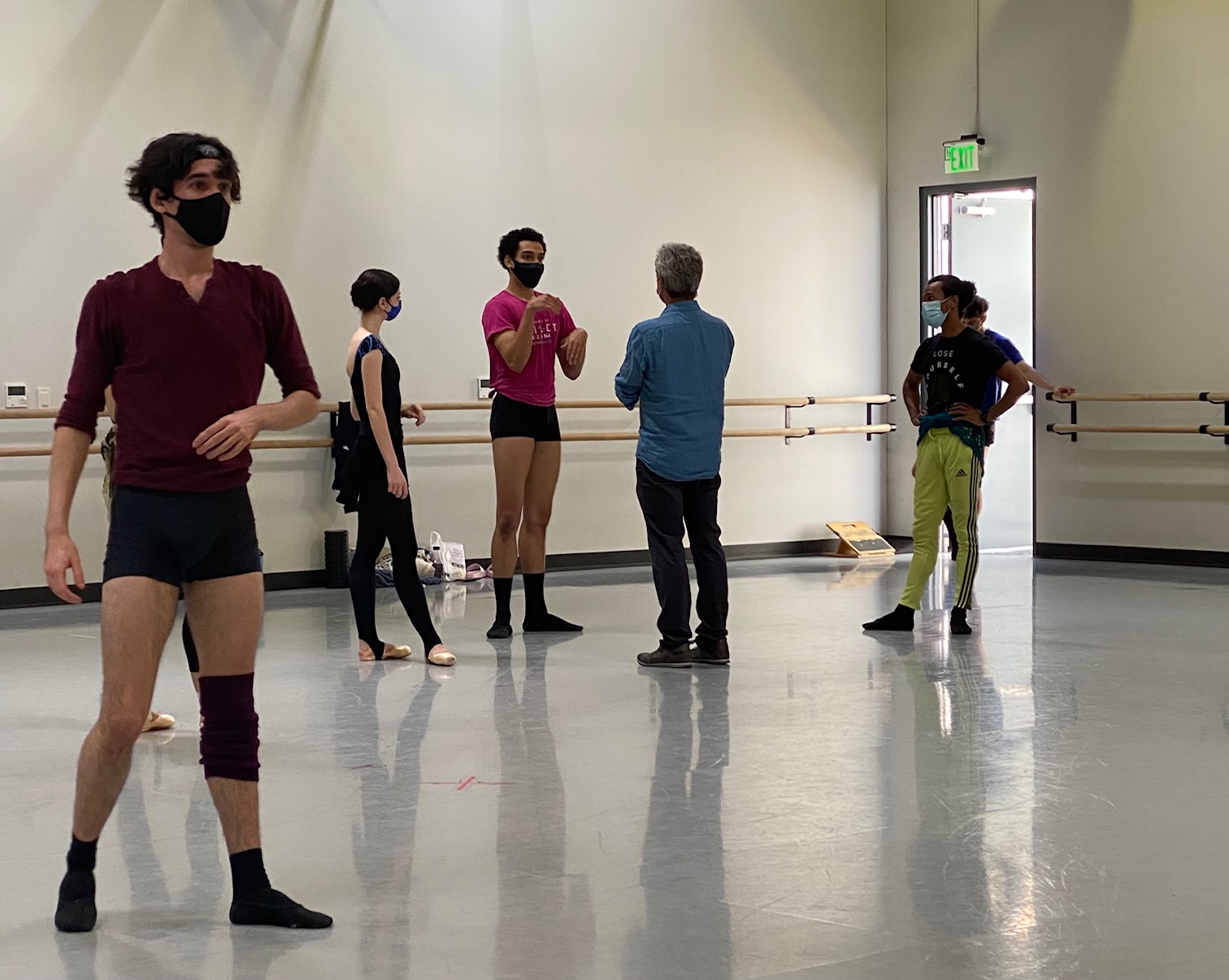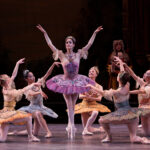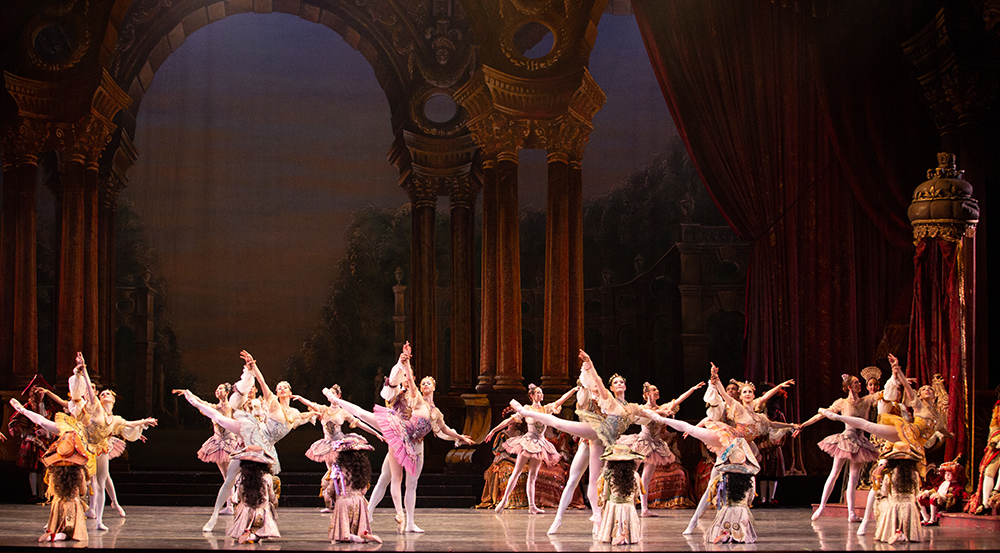
What inspired you to choose Maurice Ravel’s Boléro?
I just felt that the ENERGY program needed something that only Boléro does. For me, this music is actually a love/hate relationship. It can definitely be way too much, however it also moves you, especially if you are in the right mood. But with what Nayon was doing and then The Sleeping Beauty with Tchaikovsky, it needed that extra ingredient. Boléro is a great piece of music, it wouldn’t have survived otherwise, even though I think Ravel sort of pushed it aside. But overall it is music that has been very influential.
Is it ever daunting to work with music that is so well known?
It is a funny thing to grab and work with something that you are not totally convinced in, but to me, it was a challenge and maybe that is exactly why I chose it. I must say, I do thrive on a challenge and it does seem almost unsurmountable to do something to that kind of music. I guess that appeals to me and I am kind of asking myself, “why are you doing this”?
The choreographic process is fascinating, so let’s talk about yours! Do you have everything mapped out beforehand or do you wait until you are in the studio?
No, I never map things out before. I obviously think a lot about it, what I want to create, and of course listen to the music over and over again. So, I always have ideas, but almost all of those get discarded the moment I step into the studio. Many times the piece goes in a different direction, but there is still some initial sense of what I originally wanted. I like to choreograph on the dancers and do it right there, in the moment. I actually don’t like how some choreographers come in and they have choreographed all of it and it is just a matter of the dancers learning the steps. To me, that almost doesn’t feel like choreographing, you are not in the moment. What is so exciting about choreographing is that you literally don’t have anything and then, after an hour or two in the studio, you have something. You have to keep finagling with it and shaping the work every rehearsal. With a new ballet, the first time the dancers even perform it, you still almost don’t even know what it is, but it comes out more and more each time they dance. Ballet is very frustrating in that sense, it takes time to create and master.
With Boléro, I think there is much more to the ballet than what we have done and it will take time to reach where it should be… at least until the next time we perform the piece. However, that is the case with most ballets, no matter who is performing. In my experience, as a choreographer and as a dancer, the first time any ballet goes, you are not seeing what is really there. It’s not until the second or third time and at that point, it can look completely different.
For me, that is where ballet is different. It’s not like being a writer or a painter where you finish something and it is what it is, and then it is up to the audience. With ballet, what you see is different every single time, depending on who is dancing and where you (the audience) are as a person. That is why as a choreographer, you have to have thick skin, if you are going to do ballet. You are completely dependent on other people to bring your vision to life. Very rarely do you see what you originally intended and in some cases, you like it even better!

The COVID-19 pandemic has been detrimental and presented so many challenges for the performing arts. How has it been choreographing during this time?
The one big thing, has been that one ingredient in most choreography, the dancers being able to touch and lift each other. In Boléro, nobody is touching, they are all dancing separately. That’s actually not so easy to create. The other factor, that you are not seeing of course, is the dancer’s faces. You are only seeing their eyes because of the masks. You are missing the connection that you normally have with the dancers on stage. We have a lot of obstacles. To do a ballet that actually works under these circumstances is very challenging, mostly because we can’t touch. There is no partnering, you are missing that intimacy. I mean, usually the dancers are all over each other and right now that is gone.
Touching on a ballet as a whole, where do costumes come into your process?
For me, costumes come in later. For Boléro, I chose very specific colors, an orange that has a reddish, brown look and then a very bold, bright blue. Seeing them together, they actually create energy. The costumes are also slightly loose, so there is movement. That was very deliberate, I wanted the audience to see energy in all of the elements, the costumes, the music, and the dancing.
Read about Nayon Iovino’s new ballet, Abrazo!






